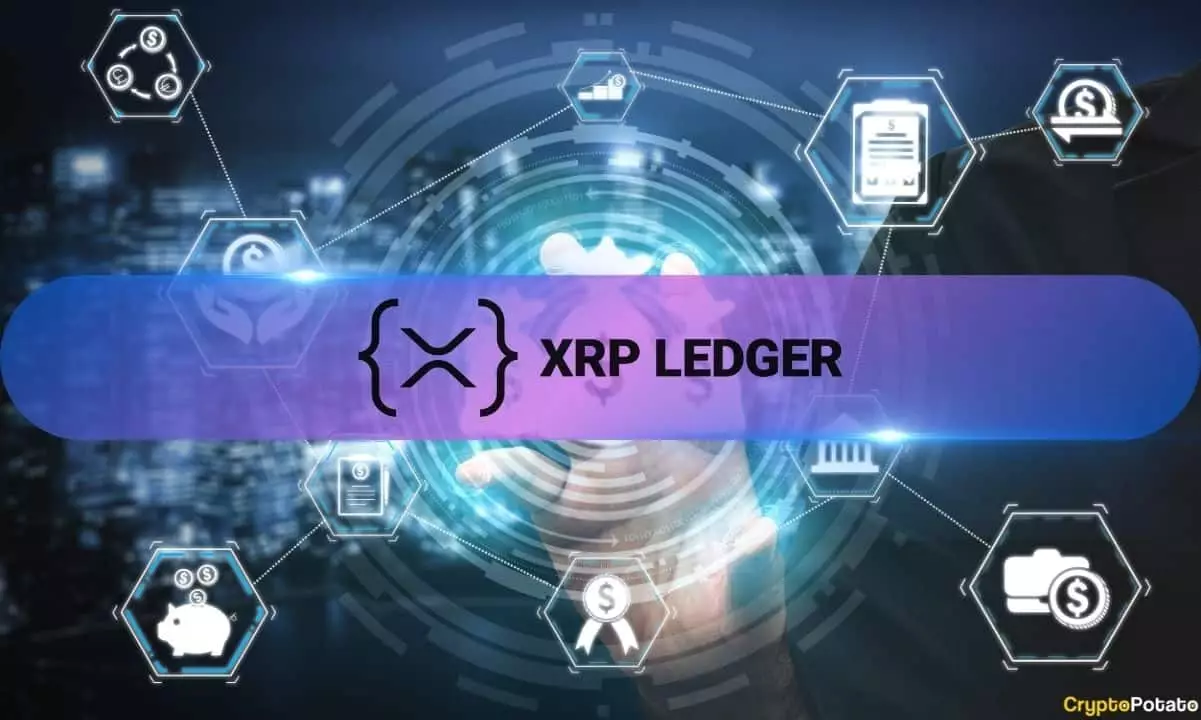On February 4, the XRP Ledger (XRPL) encountered a notable disturbance characterized by a one-hour outage that halted block production at ledger height 93927173. David Schwartz, Ripple’s chief technology officer, revealed that the network began recovering shortly after the disruption, although the exact cause remains unclear. Such outages, though rare, raise critical questions about the stability and robustness of blockchain networks, especially in the rapidly evolving cryptocurrency landscape.
Understanding the Network Recovery
During the outage, while consensus processes were ongoing, validations were not being published as anticipated. This inconsistency led to a situation where the network began to drift, calling into question the reliability of the involved validation processes. Schwartz indicated that despite this drift, the XRP Ledger showcased impressive self-correcting capabilities. Remarkably, assertive interventions from designated validators—operators of the Unique Node List (UNL)—were minimal, with the network appearing to recover autonomously. This spontaneous recovery highlights inherent strengths within the XRPL ecosystem, yet it also surfaces concerns regarding the governance and fail-safes embedded within the validation framework.
The Role of the Unique Node List
The UNL plays a pivotal role in maintaining network integrity. It functions as a directory of trusted validators that play essential roles in ensuring transaction finality and overall consensus within the ledger. Schwartz explained that when a few servers began to receive validations again, enough consensus was built to transition the network back to a coordinated ledger stream. This incident, while ultimately benign with no loss of assets reported, could provoke deeper examinations into how reliant the ledger architecture is on its validation mechanisms and its robustness against unforeseen issues.
Market responses to technological glitches can be severe, as evidenced by the approximately 10% drop in XRP’s price following the incident. Trading at $2.45, this significant decline marked a noticeable setback. Historical volatility seems to plague XRP; after fluctuating in response to external pressures—like Trump’s trade tariffs—investors witness the resilience and potential recovery of the token. Yet it remains crucial to scrutinize how technical difficulties influence trader sentiment and pricing dynamics in the longer term.
The Broader Context of Ripple’s Developments
Recently, Ripple has been engaged in significant restructuring, evidenced by the reduction of its base reserve requirement from 10 XRP to 1 XRP and a modification in its validator structure, minimizing Ripple’s own influence to a mere two out of 35 validators. These changes reflect an ongoing evolution towards decentralization—an essential trait for gaining broader acceptance in the competitive cryptocurrency arena. This evolution must be accompanied by stringent technical enhancements to mitigate risks emerging from glitches.
As the cryptocurrency ecosystem expands and matures, incidents such as the XRPL outage serve as reminders of the fragility underlying these sophisticated networks. While XRP has displayed impressive growth—gaining almost 400% over the past year—consistent efforts toward ensuring stability and transparency remain paramount for fostering investor confidence and encouraging broader institutional adoption. Such resilience, coupled with strategic shifts in governance structures, could position Ripple favorably in a competitive landscape defined by innovation and rapid change.

